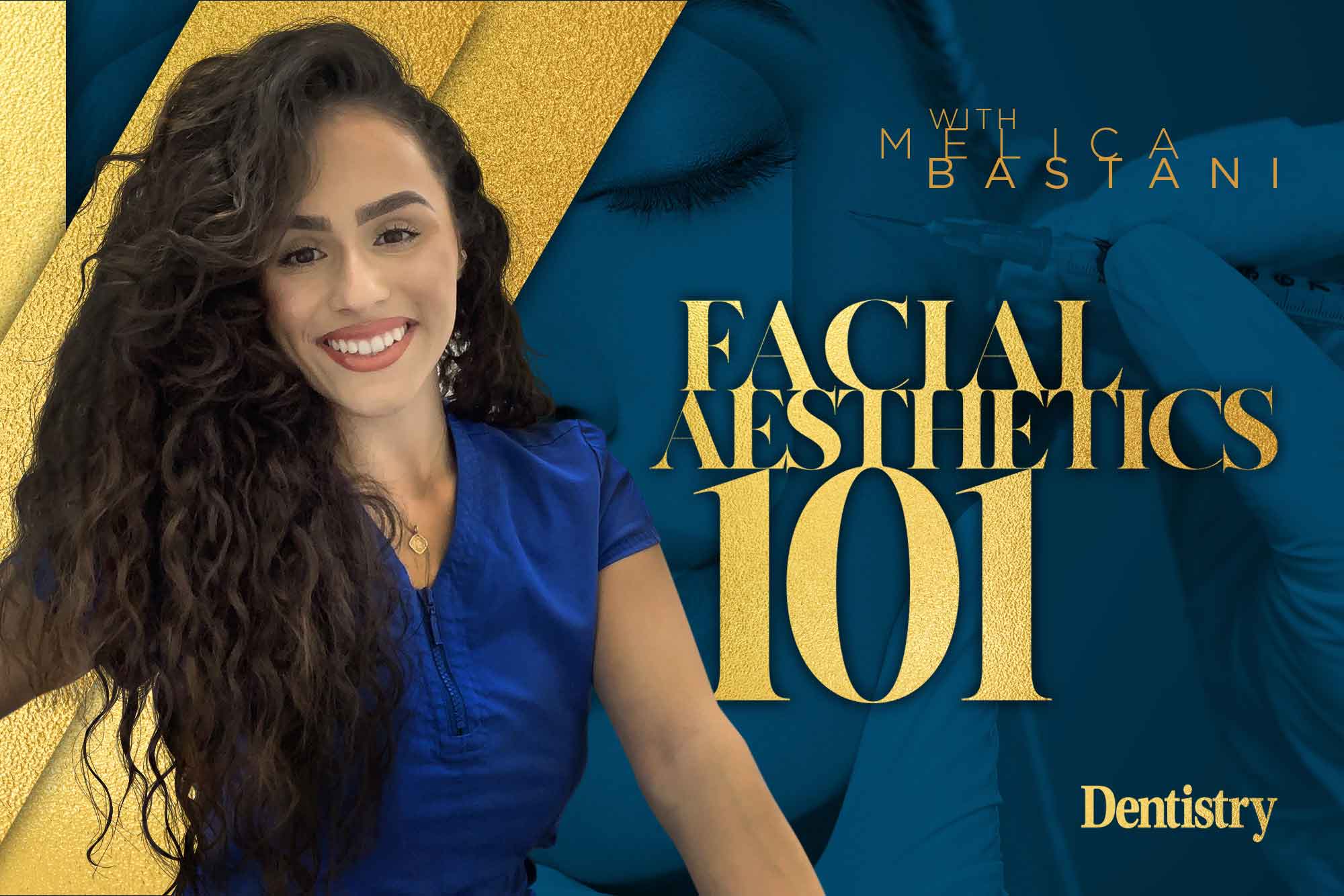 This month Melica Bastani discusses the rise of ‘Zoom face’ and explains why it’s so important to keep patients educated on facial aesthetics.
This month Melica Bastani discusses the rise of ‘Zoom face’ and explains why it’s so important to keep patients educated on facial aesthetics.
Chances are, if you’re someone who began working at home due to the coronavirus pandemic, you’ve found yourself sitting on a Zoom video call when you didn’t want to be on camera.
The pandemic was what many would describe as a time for reflection. During this time, the Zoom meetings and online face-to-face catch ups took its toll. We all started to look more closely at the damage endless hours of blue light damage is causing to our face and skin.
Blue light damage
Research shows blue light from electronic devices can lead to changes in your skin cells, including cell shrinkage and death. This speeds up the ageing process. Even exposures as short as 60 minutes can trigger these changes.
Too much blue light could also lead to pigmentation. One study linked blue light exposure to more swelling, redness, and pigment changes in people with darker skin.
In addition to this, over time, people then start to suffer with what’s coined ‘Zoom fatigue’. Staring at ourselves hours at a time can have a negative impact on our mental health.
We might find ourselves comparing how we look to others. Or constantly checking to see how we look versus focusing on the topic of the Zoom meeting. This might lead to feelings of anxiety, jealousy, or sadness.
Consequently, the general public – both men and women – are looking for ways to make themselves look and feel younger.
Facial aesthetics very soon after the pandemic hit became one of the most searched subjects on Google. In fact, Google found searches for the term ‘facial aesthetics’ soared more than 50% between March 2020 and July 2021 compared to the usual levels.
Tweakments soon became the new alternative to make-up or even Instagram editing.
Botox, dermal filler, and skin treatments were offered to ‘refresh’ patients’ appearance and the marketing really worked! The demand for facial aesthetics as reported by numerous healthcare professionals hit the roof!
The top trends from 2021 carrying onto 2022
- Zoom boom – months of communicating through Zoom and other video applications has forced people to look at their skin in a new light. Searches for ‘Zoom face’ saw a 3,100% increase between March 2020 and July 2021. With ‘tech neck’ also seeing an increase of 170%
- Resting stress face (RSF) – due to the combination of three coronavirus lockdowns, disrupted sleep patterns and a rise in screen time, as well as the general stress of the pandemic has resulted in RSF
- Desperately seeking glow – the first half of 2021 saw a need for glowing, radiant skin. Pinterest highlighted it as a trending topic in the 2021 Pinterest Predicts Board
- No make-up selfies – celebrities such as singer Beyoncé, model Gigi Hadid and actress Cameron Diaz shared make-up-less images on Instagram. The #nomakeupnofilter has more than 7.1 million views on Tiktok
- Skinimalism – combining skincare with make-up, this trend celebrates pores, hyperpigmentation, and spots by allowing natural skin to shine through
- Hybrid treatment models – as clinics work more virtually in a post-lockdown world for consultations and post-treatment check-ins, the industry saw a 70% increase in requests for virtual consultations.
Patient education
Ultimately, Zoom face has not only had an impact on those working from home and noticing features they aren’t happy with, but also has led to the public becoming more savvy with who they go to for treatment.
It’s no secret that along with the massive surge of demand for aesthetics there has also been a massive surge of ‘botched jobs’. Many of these treatments are carried out by people who are either not trained properly or not even qualified to know the different structures and anatomies of the head of neck region.
The public have been keener. They carry out their research and educate themselves on what these procedures involve. And also who is the best clinician to go to for the safest treatment.
As professionals, the one thing we need to keep at the forefront of our treatments with aesthetic patients is education.
Aesthetics is easy to take at face value. So it is our duty of care to explain risk and benefits. As well as educating the patient in what is achievable to perfectly tailor treatment to them.
Zoom face doesn’t mean botched face! Less is more in many situations and we need to treat patients holistically.
Catch previous Facial Aesthetics 101 columns
Follow Dentistry.co.uk on Instagram to keep up with all the latest dental news and trends.


